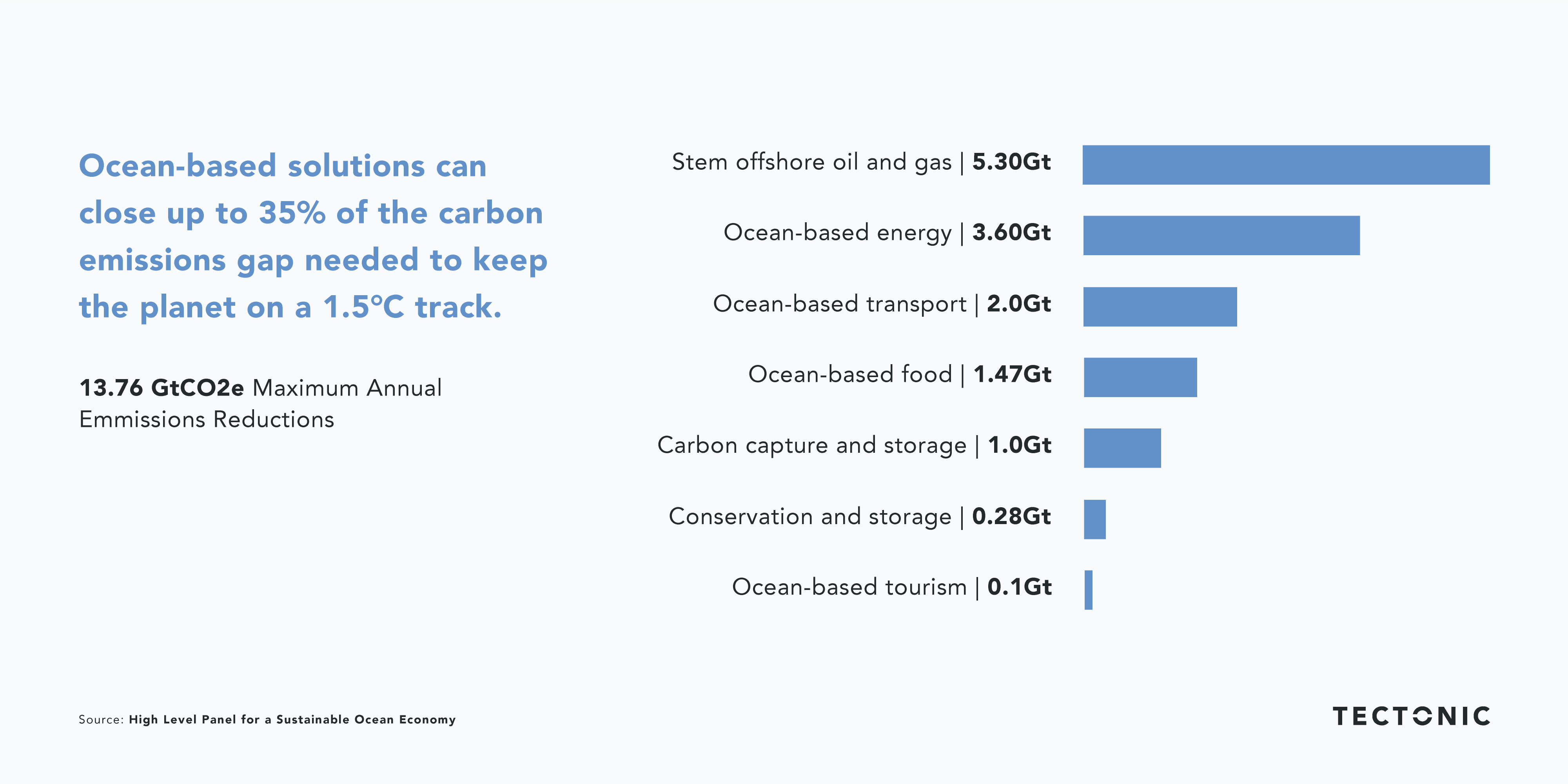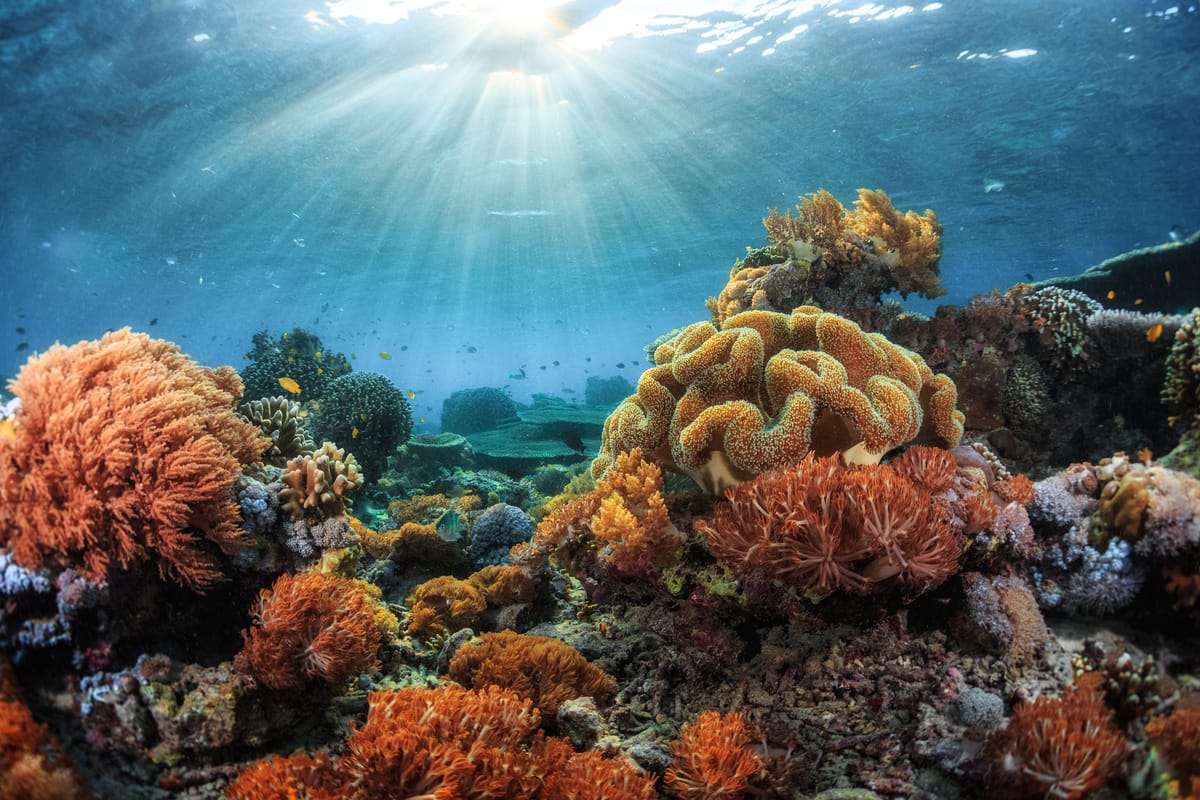Ocean temperatures have consistently beaten records over the past year. This has led to more severe weather, including Hurricane Beryl in June — the Atlantic Ocean’s earliest Category 5 hurricane on record that devastated Grenada and left millions without power in Texas. NOAA predicted this hurricane season might see as many as 25 named storms, nearly double the average of 14 per season.
Scientists are also concerned that rising temperatures are propelling the ocean towards an even more dangerous tipping point: the collapse of the Atlantic Meridional Overturning Circulation (AMOC). The slowing or full failure of this system — which carries warmer water north towards the pole where it cools and sinks — could upend weather patterns, increase sea levels and storms, and bring uninhabitable cold temperatures to Northern Europe.
Higher temperatures are also threatening marine life in the Southern Hemisphere. A new study published earlier this month in Nature found that temperatures in the Coral Sea around Australia reached their highest levels in at least 400 years — as far back as the analysis could go — and risk killing the largest living structure on Earth: the Great Barrier Reef.
Coral reefs directly sustain a quarter of marine life and support coastal resiliency. They also provide an estimated $2.7 trillion annually in goods and services, including $36 billion in tourism. The Great Barrier Reef alone generates $6.4 billion from tourism, fishing, and other industries, according to an analysis by Deloitte.
Since the start of 2023, three-quarters of coral reefs globally have experienced bleaching-level temperatures. Half of coral reefs have died since 1950, and scientists predict that as the ocean warms and becomes more acidic, as many as 90% may die in the coming decades.
“If we don’t divert from our current course, our generation will likely witness the demise of one of Earth’s great natural wonders, the Great Barrier Reef.” — Ben Henley, Paleoclimatologist at the University of Melbourne and author of the study, quoted in the New York Times
Researchers are finding innovative ways to respond to the threat of widespread bleaching. In the Coral Sea study, scientists found temperatures had reached similar levels during a spike in the 1700s, suggesting that some of the corals in the Great Barrier Reef that survived similar circumstances might be more resilient and adaptable to warmer water. Scientists might consider breeding these more heat-resistant corals, though selective breeding can be costly at scale. A separate program from Google DeepMind is using an AI tool called SurfPerch to distinguish the soundscapes of healthy and degraded reefs, helping decision-makers prioritize marine protection and restoration.
Several members of the Blue Climate Collective are also working to safeguard coral ecosystems. The Allen Coral Atlas at Arizona State University maps the world's coral reefs and monitors threats, including via its bleaching monitoring system. Coral Guardian in France, Coral Maker in Australia, and Coral Vita in The Bahamas are all embracing innovative approaches to restore coral ecosystems. And rrreefs in Switzerland is leveraging 3D-printing technology to build modular reef systems from clay, providing foundational habitats for reefs to grow while limiting shoreline erosion.
The success of these efforts will depend on public and private sector leaders also delivering on their commitments to cut and capture carbon emissions and limit global warming. As we’ve highlighted previously, the ocean can play a major role here, providing solutions to close as much as one-third of the emissions gap needed to keep the planet on track for targets outlined in the Paris Agreement.

Leaders gathering later this year at both COP16 and COP29 must make significant progress to advance protection of vital marine ecosystems like coral reefs and elevate ocean-based climate solutions. Only through swift, bold action can we hope to avoid some of the most catastrophic consequences for the health of the ocean, the planet, and all of us.
Updates from Blue Climate Collective Members
- Cruz Foam recently joined Plastic Pollution Coalition's webinar, Designing a Plastic-Free Future with Regenerative Materials, along with BCC member Notpla, and leaders from PROWL Design Studio to explore innovative approaches to eliminating plastic waste. Cruz Foam also recently announced a partnership with Unified2 Global Packaging Group to deliver purpose fit packaging solutions to a variety of industries. Lastly, the team is also hiring for two positions: an R&D Test Technician & a Sales Coordinator.
- Sway was featured in a long article in Wired Magazine outlining innovations for reducing plastic waste. The story takes readers into Sway's lab in the Bay Area as the team works to develop its bioplastic, made from seaweed, into viable alternatives for polybags.
- For folks in New York for Climate Week later in September, this list from Climate Tech New York has a pretty comprehensive outline of public events, organized by topic area.


